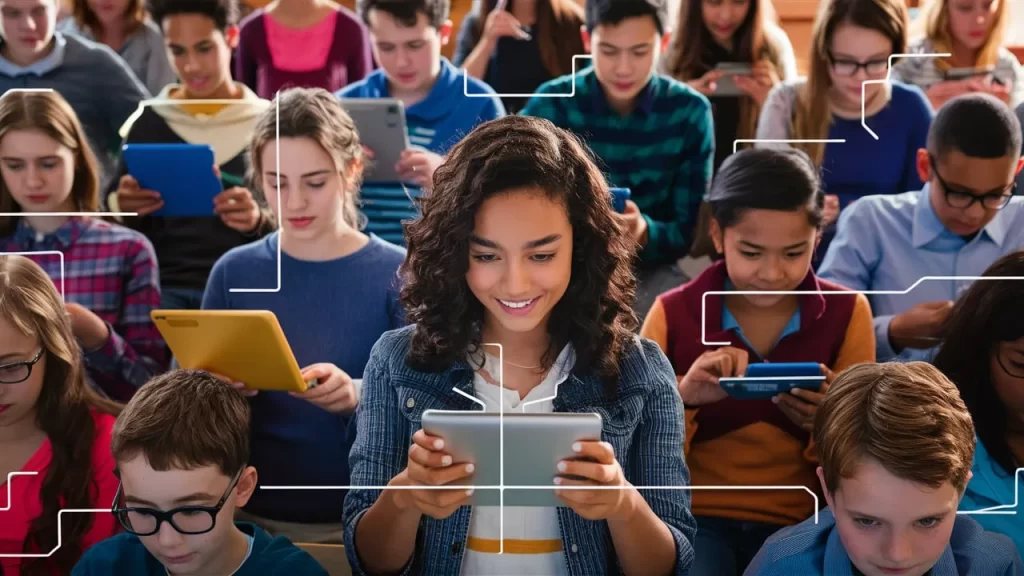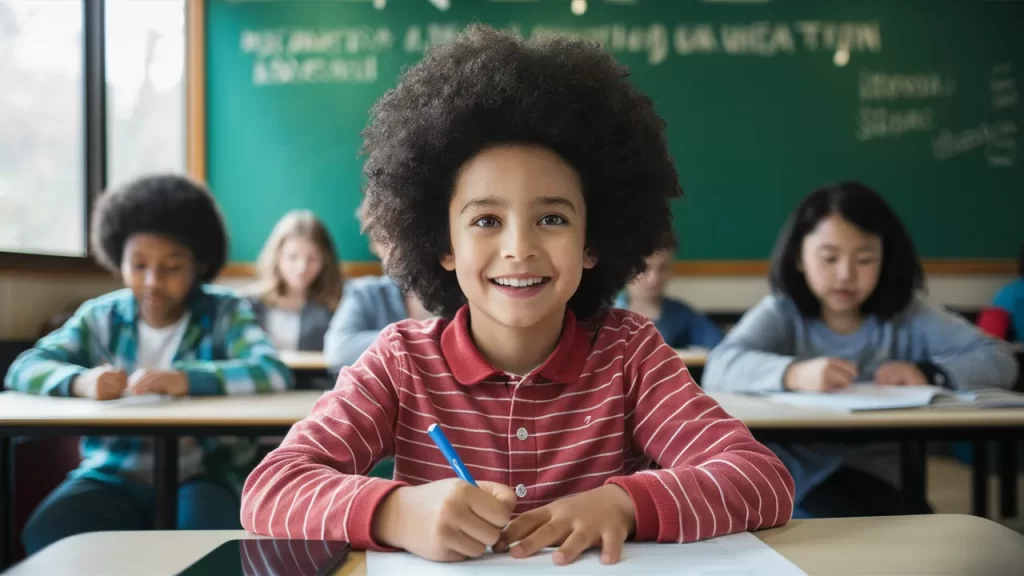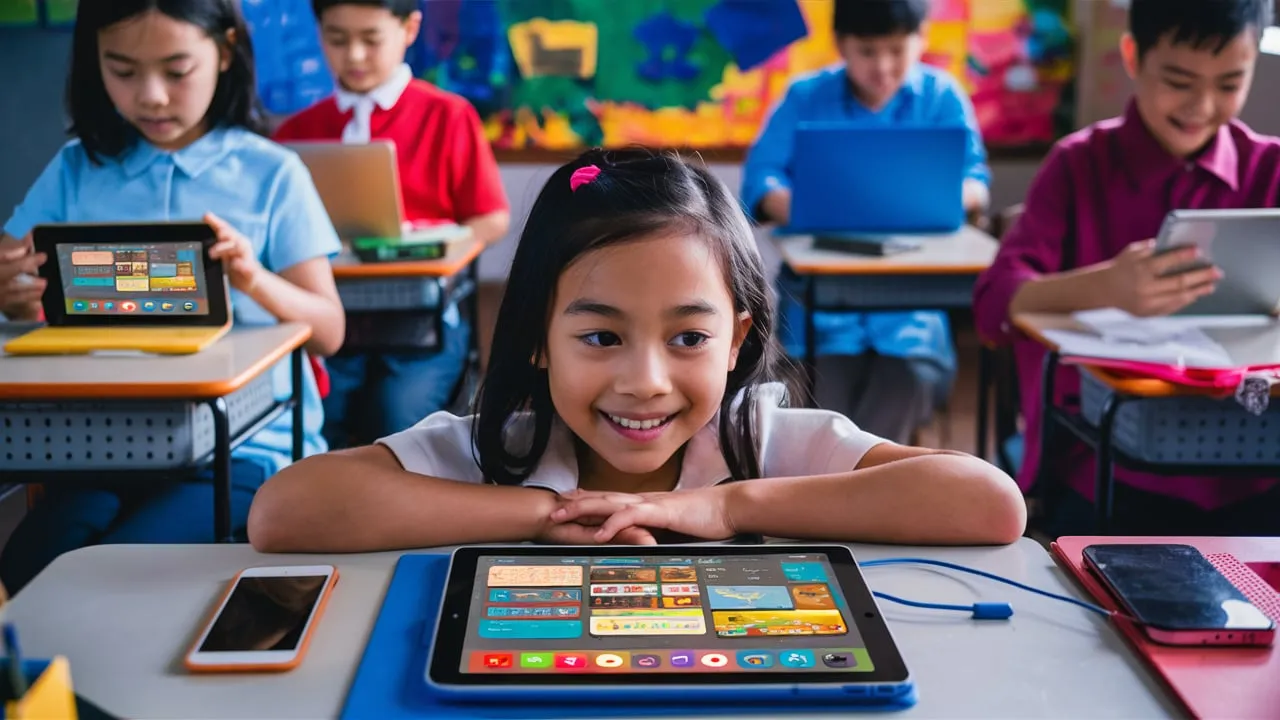Education connectivity is changing the way we learn. By connecting students, teachers, and resources, it creates a better learning environment. This article will explain the importance of education connectivity and how it opens many learning opportunities.
The Importance of Education
Education connectivity is about more than just having internet access. It means creating a network where students can access materials, teachers can provide personalized lessons, and parents can stay involved in their children’s education, education connection girl.
Benefits for Students

Education offers many benefits for students:
- Access to Resources: Online libraries, educational videos, and interactive tools give students a wealth of information.
- Personalized Learning: Adaptive learning programs can be tailored to individual needs and learning styles.
- Collaborative Learning: Students can connect with peers worldwide to work on projects and share ideas.
Benefits for Teachers
For teachers, education means:
- Enhanced Teaching Tools: Digital platforms help create engaging lessons and track student progress.
- Professional Development: Online courses and webinars help teachers stay updated with the latest teaching methods.
- Better Communication: Teachers can communicate more effectively with students and parents, education connection song.
Benefits for Parents
Parents benefit from education in several ways:
- Involvement in Learning: Parents can monitor their children’s progress and communicate with teachers.
- Access to Resources: Educational materials are available to help support their children’s learning at home.
- Support Networks: Online forums and groups allow parents to connect and share experiences.
How Education Connectivity Bridges Gaps
Education helps close educational gaps, especially in underserved communities.
Reaching Remote Areas
In remote areas, education provides access to quality education that might otherwise be unavailable. Online classes and digital resources can reach students who live far from schools.
Supporting Special Needs
For students with special needs, education offers customized tools that adapt to individual requirements. This ensures every student can learn in a way that suits them best.
Promoting Lifelong Learning
Education connectivity isn’t just for school-aged children. Adults can also benefit from online courses and resources, promoting lifelong learning and continuous skill development.
Tools and Technologies Enhancing Education

Various tools and technologies drive education success.
Online Learning Platforms
Platforms like Khan Academy, Coursera, and Edmodo offer structured courses and resources for all levels of education. These platforms make learning flexible and accessible from anywhere.
Virtual Classrooms
Virtual classrooms enable real-time interaction between teachers and students, regardless of location. Tools like Zoom and Google Classroom have become essential in today’s education landscape.
Interactive Learning Tools
Interactive tools like educational games, simulations, and virtual labs make learning more engaging and effective. These tools help students understand complex concepts through hands-on experience.
Also Read: Educational.Assistant in Networking Tech: A Comprehensive Guide for Beginners
Challenges and Solutions in Implementing Education
While education connectivity offers many benefits, there are also challenges that need addressing.
Access to Technology
Not all students have access to the necessary technology, such as computers or reliable internet connections. Solutions include:
- Providing Devices: Schools and governments can provide devices to students in need.
- Community Wi-Fi: Establishing community Wi-Fi hotspots in underserved areas can help bridge the connectivity gap.
Digital Literacy
Both students and teachers need to be proficient in using digital tools. This can be tackled by:
- Training Programs: Offering digital literacy programs for students, teachers, and parents.
- Ongoing Support: Providing continuous support and resources to help users navigate digital platforms effectively.
Success Stories of Education

Several success stories highlight education connectivity’s impact.
Kenya’s Digital Learning Program
In Kenya, the Digital Literacy Programme has equipped millions of students with digital devices and access to educational content, significantly improving learning outcomes.
Online Education Initiative
online education initiatives, such as DIKSHA and SWAYAM, provide free access to high-quality educational resources, benefiting millions of students across the country.
Brazil’s Tele-Education Project
Brazil’s Tele-Education Project connects remote schools with urban educational institutions, ensuring that students in isolated areas receive quality education.
Final Thoughts
Education connectivity is changing how we learn, making education more accessible and effective. By bridging gaps and providing the necessary tools and resources, education connectivity is transforming education. The future of education is bright and full of opportunities with digital solutions.
Education is essential. It empowers students, supports teachers, and involves parents, creating a comprehensive learning environment. Embracing education ensures that every learner’s full potential is realized, and no one is left behind.
FAQs:
What is education connectivity?
Education connectivity links students, teachers, and resources through digital networks, enhancing learning experiences and access to educational materials.
How does education connectivity benefit students?
It provides access to online resources, personalized learning programs, and global collaboration with peers.
How does education connectivity support teachers?
It offers digital tools for engaging lessons, professional development opportunities, and improved communication with students and parents.
How can parents benefit from education connectivity?
Parents can monitor their children’s progress, access educational resources, and connect with other parents through online forums.




